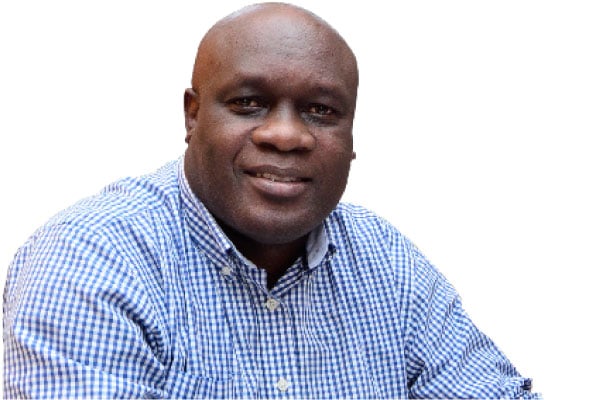Inverted pyramid and who should make news

Odoobo C. Bichachi
What you need to know:
- But to get value out of this story, a reader had to patiently read it up to the end, and therein lay its weakness that perhaps prompted the question of value for money.
What value a story brings to readers or viewers must always be at the back of editors’ and news producers’ minds as they send the newspaper to print or flag off a news bulletin.
This is because readers/viewers are bound to ask themselves whether engaging with the story was worth their time or not; and as they say in business, a satisfied customer is a returning customer!
This is the question two readers had on their minds when they reached out to me – independent of each other – about two specific stories published in Daily Monitor of January 8: “Ministers to be trained on manners ahead of NAM” and “Who is who on NAM, G-77 organising committee”.
What was important about these stories, they asked.
Well, editors make editorial judgements every hour, every day on the stories to put out to the public. In this, they are guided by news values and professional media ethics. Sometimes the judgements are subjective, but many times they are not. Which is why the platforms remain robust and readers/viewers return again and again.
Timeliness is one very important news value and the stories did meet this. We are hosting twin global conferences in Kampala next week – the Non-Aligned Movement (NAM) and the G-77
In fact, the story on teaching ministers manners was not just timely, it was also informative as it delved into the background of the two global organisations. So there was value for money.
But to get value out of this story, a reader had to patiently read it up to the end, and therein lay its weakness that perhaps prompted the question of value for money. Many readers don’t wait till the end. Which is why in journalism, the inverted pyramid is one of the bedrocks of news reporting.
The inverted pyramid structure simply means placing the most important information in the fore of the story, and then arranging the remaining information in descending order of importance. The story did not use the inverted pyramid! Thus by focusing the lead paragraphs on the small matter of “teaching manners to ministers and other officials on how to interact with visitors”, more important information was buried at the tail end.
As to who-is-who in the organising committee, the story fell short on three important tenets of the NMG Editorial Policy Guidelines, not necessarily in their order, viz:
1. We nurture a rigorous discipline requiring the selection of content purely on the basis of its inherent news value and not to appease, augment or respond to political, commercial or any other interests. Editors and journalists must test the value of each story, report or article by interrogating the extent to which it satisfies the “so what?” question.
2. Our media platforms are encouraged to avoid such “non-news” content as empty statements of a general nature, occasions or releases where publicity for individuals, groups or organisations is the sole dominant objective.
3. Stories must concentrate on events themselves, not on the names of officials associated with them. A magistrate’s or judge’s name and title, for example, should not be published unless his/her actions, remarks or other involvement are pertinent to the case or the story.”
Perhaps readers would have gained more value from reading profiles of the expected guests and what they bring to the table, or who was who in the formation of the Non-Aligned Movement, or the menu i.e. the issues that will be on the table for discussion and what it all means for Uganda and the Global South.
*******
READERS HAVE THEIR SAY
Ben Matsiko Kahunga: Refer to your story, “Why-are-choppers-in-free-fall” (Daily Monitor, January 5). General John Garang was First Vice President of Sudan, not South Sudan. South Sudan attained statehood after he had died, though he was poised to be its first President after the Comprehensive Peace Agreement that ended the civil war between Sudan government in Khartoum and Sudan People’s Liberation Movement/army (SPLM/A), the force behind South Sudan’s independence.
Ben Matsiko Kahunga: Refer to your headline, “Uganda is so messed up that clergy feel safer with guns than God, says Bobi Wine” (Daily Monitor, January 5). Not every “preacher” is a clergyman. Clergy refers to the ordained, who get anointed in the sacrament of Holy Order. In the Catholic Church, the clergy are priests and bishops. The religious notably brothers, nuns (sisters), are religious, but not clergy.
Send your feedback/complaints to
[email protected] or
call/text on +256 776 500725.


